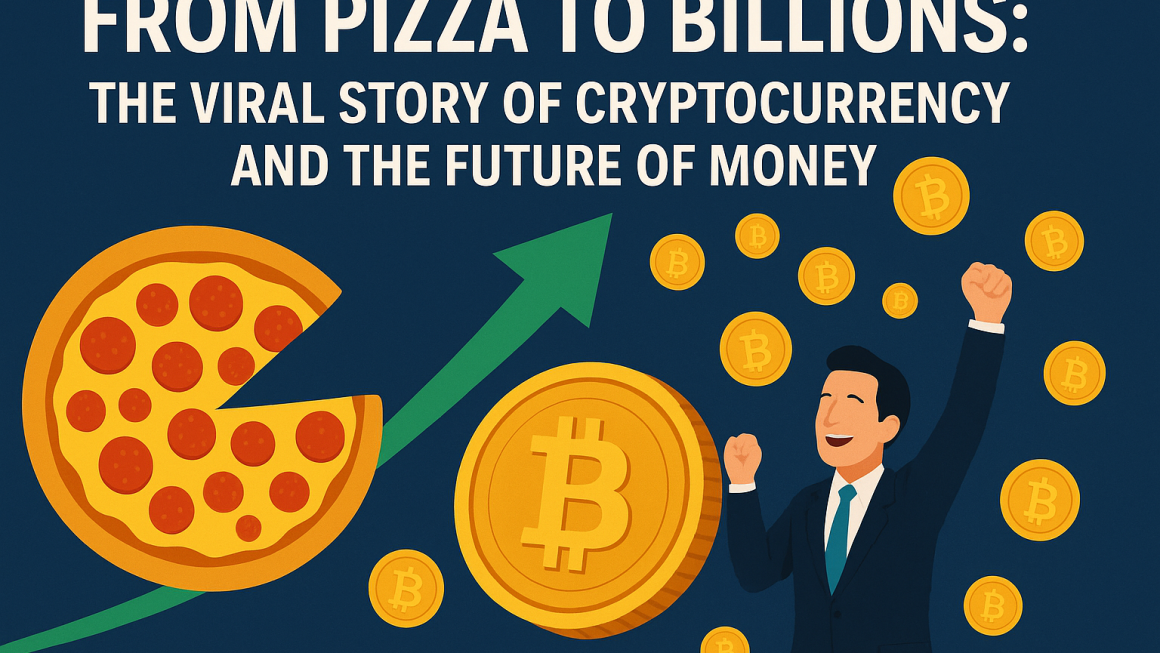The global economy is a vast and intricate web, influencing everything from the price of your morning coffee to the investment decisions of multinational corporations. Understanding its dynamics is crucial for businesses, policymakers, and individuals alike. This post delves into the key components, trends, and challenges shaping the global economic landscape, offering insights into how these factors impact your world.
Understanding the Foundations of the Global Economy
What is the Global Economy?
The global economy encompasses the interconnected economic activities that occur between countries. It involves the production, distribution, and consumption of goods and services on a worldwide scale. This system is fueled by international trade, investment flows, migration, technology transfer, and intellectual property exchange. It is a complex, ever-evolving system driven by the actions of individuals, businesses, and governments.
Key Indicators of Global Economic Health
Several key indicators help gauge the health of the global economy:
- Gross Domestic Product (GDP) Growth: The annual percentage change in GDP is a primary indicator of economic expansion or contraction. For example, a global GDP growth rate of 3% indicates moderate economic expansion.
- Inflation Rates: Inflation, measured by the Consumer Price Index (CPI), indicates the rate at which prices are rising. High inflation can erode purchasing power, while deflation (falling prices) can stifle economic activity. Central banks often target an inflation rate around 2%.
- Unemployment Rates: The percentage of the labor force that is unemployed is a key indicator of economic well-being. Lower unemployment generally signals a stronger economy. The US unemployment rate is a widely watched indicator.
- Trade Balances: The difference between a country’s exports and imports (the trade balance) can reveal economic strengths and weaknesses. A large trade deficit may indicate that a country is consuming more than it produces. Germany’s consistently strong trade surplus is an example.
- Interest Rates: Interest rates, set by central banks, influence borrowing costs for businesses and consumers, affecting investment and spending decisions. Rising interest rates can slow down economic growth.
The Role of International Organizations
Several international organizations play a crucial role in shaping and monitoring the global economy:
- The International Monetary Fund (IMF): Provides financial assistance and surveillance to member countries, helping to stabilize the international monetary system. For example, the IMF often provides loans to countries facing economic crises, subject to certain conditions.
- The World Bank: Offers loans and grants to developing countries to support economic development and poverty reduction. The World Bank funds infrastructure projects and social programs.
- The World Trade Organization (WTO): Sets the rules for global trade, aiming to reduce trade barriers and promote fair competition. The WTO facilitates trade negotiations and resolves trade disputes between member countries.
- The Bank for International Settlements (BIS): Serves as a bank for central banks, fostering international monetary and financial cooperation. The BIS plays a role in setting global banking standards.
Major Drivers of Global Economic Growth
Technological Innovation
Technological advancements are a significant driver of global economic growth, leading to increased productivity, new products and services, and new industries. From the industrial revolution to the digital age, technology has fundamentally reshaped the global economy.
- Artificial Intelligence (AI): AI is automating tasks, improving efficiency, and creating new business models across various sectors. For example, AI is used in manufacturing, finance, and healthcare.
- Renewable Energy: The development and deployment of renewable energy technologies are driving growth in the green energy sector and contributing to a more sustainable global economy. The growth of solar and wind power is a prime example.
- Biotechnology: Advancements in biotechnology are transforming healthcare, agriculture, and other industries. New medicines and genetically modified crops are examples of biotechnology’s impact.
Globalization and Trade
Globalization, the increasing interconnectedness of economies, has facilitated trade, investment, and cultural exchange. Trade agreements, such as the Comprehensive and Progressive Agreement for Trans-Pacific Partnership (CPTPP), reduce trade barriers and promote economic integration.
- Increased Trade: Globalization has led to a significant increase in international trade, allowing countries to specialize in producing goods and services where they have a comparative advantage.
- Foreign Direct Investment (FDI): FDI, investments made by companies in foreign countries, boosts economic growth, creates jobs, and facilitates technology transfer.
- Global Supply Chains: Globalization has created complex global supply chains, where components of a product are manufactured in multiple countries. Supply chain disruptions, such as those seen during the COVID-19 pandemic, can have significant economic consequences.
Demographic Shifts
Changing demographics, such as population growth, aging populations, and urbanization, influence economic growth and development.
- Aging Populations: Many developed countries are facing aging populations, which can lead to slower economic growth and increased pressure on social security and healthcare systems. Japan is an example of a country with a rapidly aging population.
- Urbanization: The movement of people from rural areas to cities is driving economic growth in many developing countries, creating new opportunities but also posing challenges related to infrastructure and housing. China’s rapid urbanization over the past few decades is a significant example.
- Labor Force Participation: The participation rate of women and older workers significantly impacts economic output. Countries with policies promoting inclusivity see stronger economic performance.
Challenges Facing the Global Economy
Economic Inequality
Economic inequality, the unequal distribution of income and wealth, is a growing concern in many countries. High levels of inequality can lead to social unrest and hinder economic growth.
- Income Inequality: The gap between the rich and the poor has widened in many countries, leading to social and economic challenges.
- Wealth Inequality: Wealth, including assets like real estate and stocks, is even more unequally distributed than income.
- Addressing Inequality: Policies such as progressive taxation, investments in education and healthcare, and stronger social safety nets can help reduce economic inequality.
Climate Change
Climate change poses a significant threat to the global economy, impacting agriculture, infrastructure, and tourism. The transition to a low-carbon economy will require significant investments and policy changes.
- Extreme Weather Events: Climate change is increasing the frequency and intensity of extreme weather events, such as hurricanes, floods, and droughts, which can cause significant economic damage.
- The Costs of Mitigation: Reducing greenhouse gas emissions will require significant investments in renewable energy, energy efficiency, and other technologies.
- The Costs of Adaptation: Adapting to the impacts of climate change, such as rising sea levels and changing weather patterns, will also require significant investments in infrastructure and other measures.
Geopolitical Risks
Geopolitical risks, such as trade wars, political instability, and armed conflicts, can disrupt global trade, investment, and economic growth.
- Trade Wars: Trade disputes between countries can lead to tariffs and other trade barriers, disrupting global supply chains and reducing economic growth. The trade war between the US and China is a recent example.
- Political Instability: Political instability in a country can deter foreign investment and disrupt economic activity.
- Armed Conflicts: Armed conflicts can have devastating economic consequences, displacing populations, destroying infrastructure, and disrupting trade. The war in Ukraine is a stark example.
Navigating the Global Economy: Strategies for Businesses and Individuals
Diversification
Diversification is a key strategy for managing risk in the global economy. Businesses should diversify their supply chains, customer base, and investment portfolios. Individuals should diversify their investment portfolios and skills.
- Supply Chain Diversification: Companies should avoid relying on a single supplier or country for critical components.
- Market Diversification: Businesses should expand into new markets to reduce their dependence on any one region.
- Investment Diversification: Individuals should diversify their investment portfolios across different asset classes and geographies.
Innovation and Adaptability
Innovation and adaptability are essential for success in the global economy. Businesses and individuals must be willing to embrace new technologies, adapt to changing market conditions, and continuously learn new skills.
- Embracing New Technologies: Companies should invest in research and development and adopt new technologies to improve efficiency and competitiveness.
- Adapting to Changing Market Conditions: Businesses must be able to quickly adapt to changes in consumer preferences, regulations, and competitive landscape.
- Continuous Learning: Individuals must continuously learn new skills to remain competitive in the job market.
Sustainable Practices
Sustainable practices are becoming increasingly important in the global economy. Businesses and individuals should adopt environmentally friendly practices and contribute to a more sustainable future.
- Reducing Carbon Footprint: Companies should take steps to reduce their carbon footprint, such as using renewable energy and improving energy efficiency.
- Adopting Circular Economy Principles: Businesses should embrace circular economy principles, such as reducing waste and reusing materials.
- Supporting Sustainable Products: Individuals should support companies that produce sustainable products and services.
Conclusion
The global economy is a dynamic and complex system with significant implications for businesses, governments, and individuals. Understanding its key drivers, challenges, and opportunities is essential for navigating an increasingly interconnected world. By focusing on diversification, innovation, adaptability, and sustainable practices, businesses and individuals can thrive in the global economy and contribute to a more prosperous and sustainable future. Embracing change and proactively addressing challenges are crucial for continued success in this evolving landscape.




